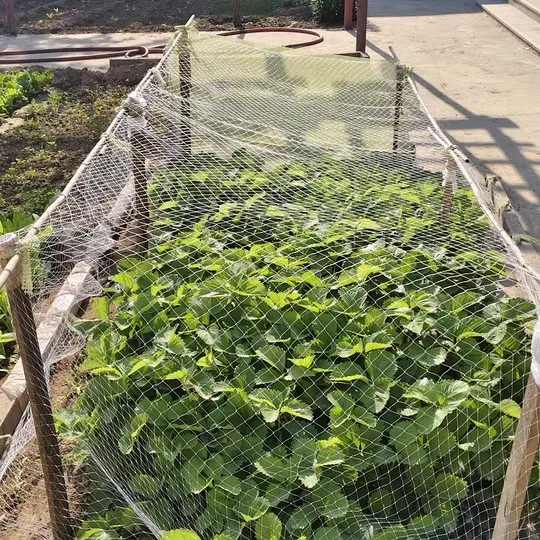-
 Afrikaans
Afrikaans -
 Albanian
Albanian -
 Amharic
Amharic -
 Arabic
Arabic -
 Armenian
Armenian -
 Azerbaijani
Azerbaijani -
 Basque
Basque -
 Belarusian
Belarusian -
 Bengali
Bengali -
 Bosnian
Bosnian -
 Bulgarian
Bulgarian -
 Catalan
Catalan -
 Cebuano
Cebuano -
 China
China -
 Corsican
Corsican -
 Croatian
Croatian -
 Czech
Czech -
 Danish
Danish -
 Dutch
Dutch -
 English
English -
 Esperanto
Esperanto -
 Estonian
Estonian -
 Finnish
Finnish -
 French
French -
 Frisian
Frisian -
 Galician
Galician -
 Georgian
Georgian -
 German
German -
 Greek
Greek -
 Gujarati
Gujarati -
 Haitian Creole
Haitian Creole -
 hausa
hausa -
 hawaiian
hawaiian -
 Hebrew
Hebrew -
 Hindi
Hindi -
 Miao
Miao -
 Hungarian
Hungarian -
 Icelandic
Icelandic -
 igbo
igbo -
 Indonesian
Indonesian -
 irish
irish -
 Italian
Italian -
 Japanese
Japanese -
 Javanese
Javanese -
 Kannada
Kannada -
 kazakh
kazakh -
 Khmer
Khmer -
 Rwandese
Rwandese -
 Korean
Korean -
 Kurdish
Kurdish -
 Kyrgyz
Kyrgyz -
 Lao
Lao -
 Latin
Latin -
 Latvian
Latvian -
 Lithuanian
Lithuanian -
 Luxembourgish
Luxembourgish -
 Macedonian
Macedonian -
 Malgashi
Malgashi -
 Malay
Malay -
 Malayalam
Malayalam -
 Maltese
Maltese -
 Maori
Maori -
 Marathi
Marathi -
 Mongolian
Mongolian -
 Myanmar
Myanmar -
 Nepali
Nepali -
 Norwegian
Norwegian -
 Norwegian
Norwegian -
 Occitan
Occitan -
 Pashto
Pashto -
 Persian
Persian -
 Polish
Polish -
 Portuguese
Portuguese -
 Punjabi
Punjabi -
 Romanian
Romanian -
 Russian
Russian -
 Samoan
Samoan -
 Scottish Gaelic
Scottish Gaelic -
 Serbian
Serbian -
 Sesotho
Sesotho -
 Shona
Shona -
 Sindhi
Sindhi -
 Sinhala
Sinhala -
 Slovak
Slovak -
 Slovenian
Slovenian -
 Somali
Somali -
 Spanish
Spanish -
 Sundanese
Sundanese -
 Swahili
Swahili -
 Swedish
Swedish -
 Tagalog
Tagalog -
 Tajik
Tajik -
 Tamil
Tamil -
 Tatar
Tatar -
 Telugu
Telugu -
 Thai
Thai -
 Turkish
Turkish -
 Turkmen
Turkmen -
 Ukrainian
Ukrainian -
 Urdu
Urdu -
 Uighur
Uighur -
 Uzbek
Uzbek -
 Vietnamese
Vietnamese -
 Welsh
Welsh -
 Bantu
Bantu -
 Yiddish
Yiddish -
 Yoruba
Yoruba -
 Zulu
Zulu
breeding net
Understanding Breeding Nets in Aquaculture
Aquaculture, the farming of aquatic organisms, is becoming increasingly important in meeting the global demand for seafood. As the industry grows, so does the need for efficient and sustainable breeding practices. One of the tools that have emerged at the forefront of aquaculture innovation is the breeding net. This article delves into the concept of breeding nets, their applications in aquaculture, and their impact on sustainable fish farming.
Breeding nets are specialized enclosures used for the breeding and rearing of fish larvae and fry in a controlled environment. These nets are typically made from high-density polyethylene mesh, which allows for adequate water flow while providing protection from predators. The primary purpose of breeding nets is to create an optimal environment for the early stages of fish development, where conditions such as water quality, temperature, and light can be carefully regulated.
One of the key advantages of using breeding nets is their ability to enhance survival rates and growth performance in fish. In traditional open-water settings, fish larvae are highly vulnerable to various stressors, including predation and environmental fluctuations. By utilizing breeding nets, aquaculturists can minimize these risks, leading to higher survival rates in juvenile fish. This, in turn, translates to better yields and more profitable operations.
Breeding nets also play a critical role in selective breeding programs. In aquaculture, selective breeding is employed to enhance desirable traits in fish, such as growth rates, disease resistance, and feed efficiency. By using breeding nets, farmers can control the breeding process, monitor genetic traits, and ensure that only the most robust individuals are chosen for propagation. This practice not only improves the overall quality of fish stocks but also contributes to more sustainable farming practices by reducing reliance on wild populations for broodstock.
breeding net

The impact of breeding nets extends beyond individual farming operations; they contribute to the broader goals of sustainable aquaculture. As overfishing and habitat degradation threaten global fish stocks, the aquaculture industry is tasked with finding solutions that do not compromise the health of marine ecosystems. Breeding nets help reduce the ecological footprint of fish farming by allowing for higher densities of fish in controlled environments, thus minimizing the area of wild habitat that must be disturbed for feed production.
Furthermore, breeding nets can be integrated with advanced technologies, such as recirculating aquaculture systems (RAS). RAS allows for the continuous recycling of water and efficient waste management, minimizing the environmental impact of aquaculture operations. When combining breeding nets with RAS technology, farmers can further enhance the sustainability of their practices, creating a closed-loop system that maximizes resource efficiency.
However, despite their numerous advantages, the use of breeding nets is not without challenges. Farmers must carefully monitor the health of fish within these nets to prevent outbreaks of disease, which can spread rapidly in high-density environments. Additionally, the cost of implementing and maintaining breeding net systems may pose a barrier for smaller operations. Nevertheless, the potential for increased profitability and sustainability often outweighs these difficulties.
In conclusion, breeding nets represent a significant advancement in aquaculture, offering numerous benefits for both fish farmers and the environment. By providing a controlled environment for breeding and farming fish, these nets enhance survival rates, facilitate selective breeding programs, and support the sustainable development of the aquaculture industry. As global seafood demand continues to rise, the adoption of breeding nets may play a crucial role in ensuring that aquaculture meets these needs in an environmentally responsible manner. It is clear that with continued research and innovation, breeding nets will remain an essential tool for aquaculture practitioners aiming to balance productivity with sustainability.
-
Why Nylon Mesh Netting is Revolutionizing Industrial and Commercial ApplicationsNewsJun.13,2025
-
Reinventing Reliability with Construction Wire MeshNewsJun.13,2025
-
Protect Your Crops with High-Performance Agricultural Netting SolutionsNewsJun.13,2025
-
Premium Breeding Net Solutions for Modern AquariumsNewsJun.13,2025
-
Precision Filtration Solutions for Industrial and Commercial NeedsNewsJun.13,2025
-
Advanced Industrial Mesh Solutions for Every ApplicationNewsJun.13,2025











